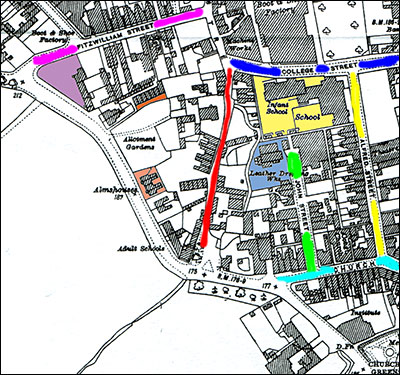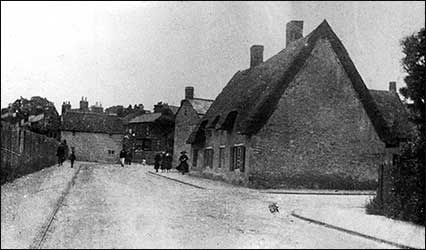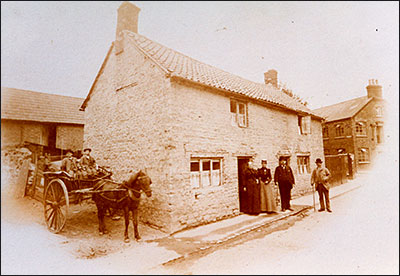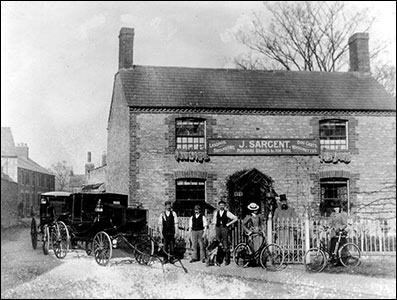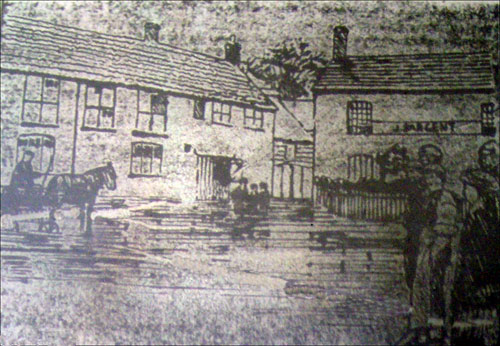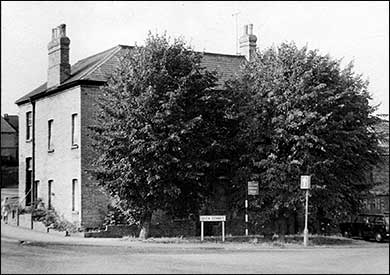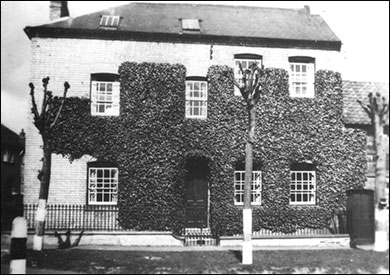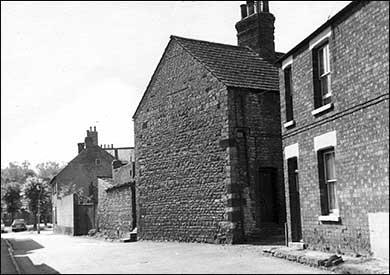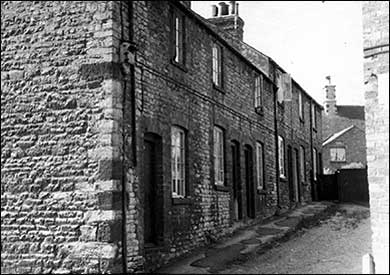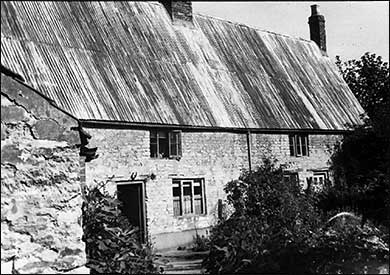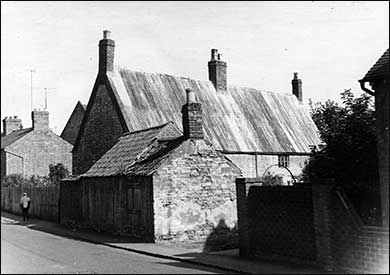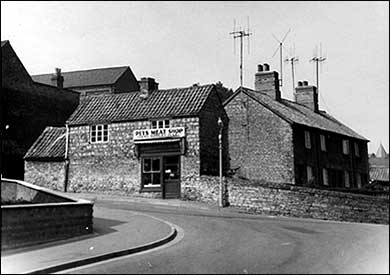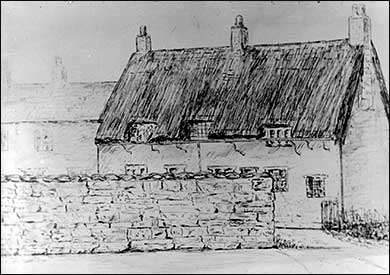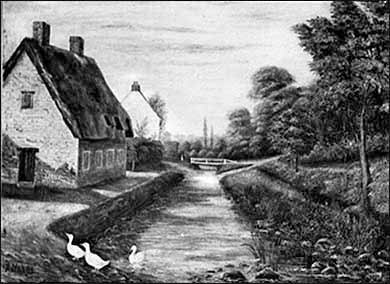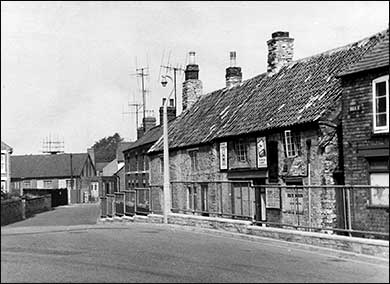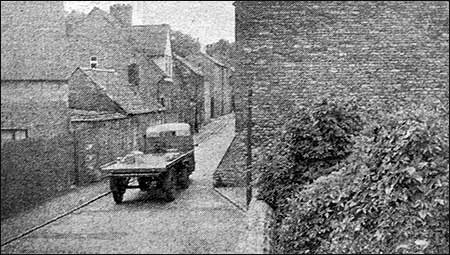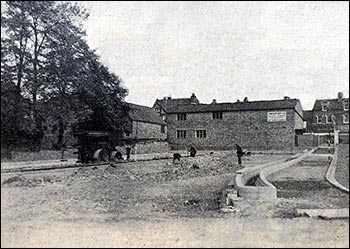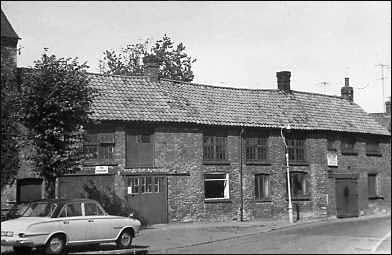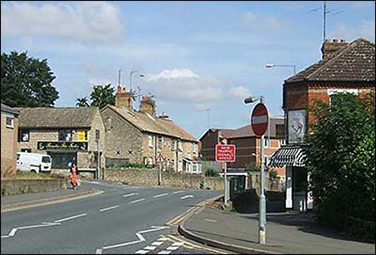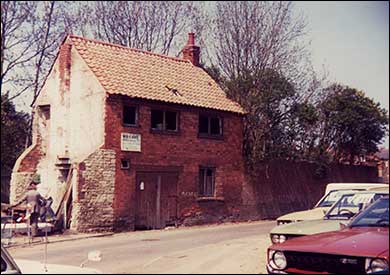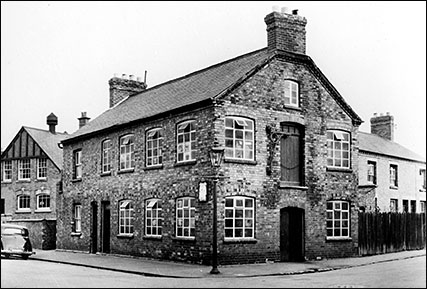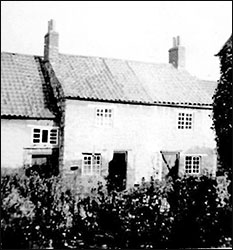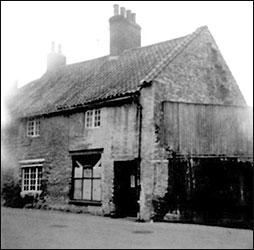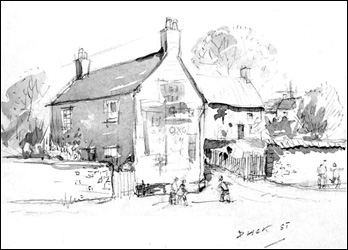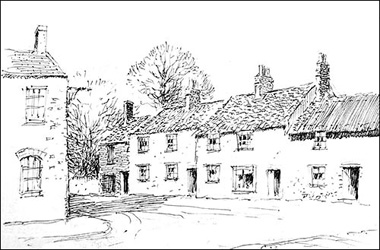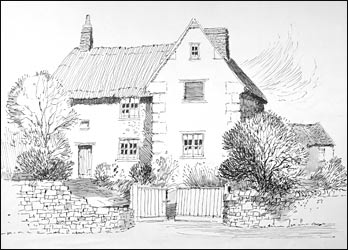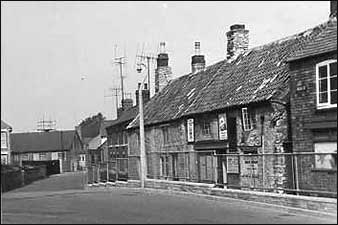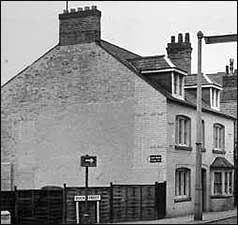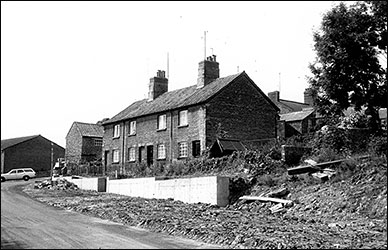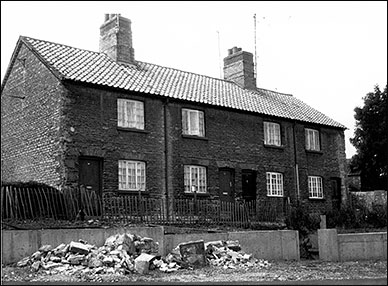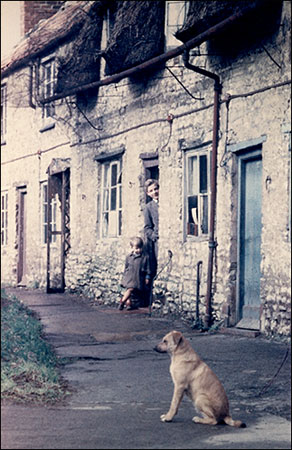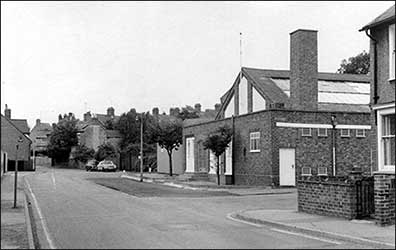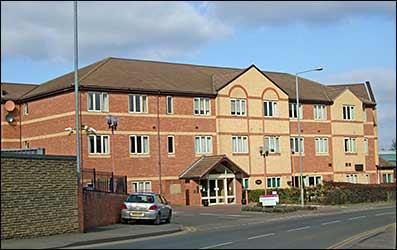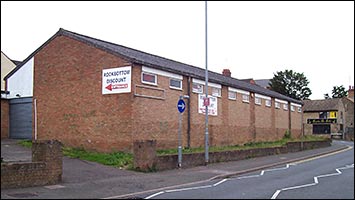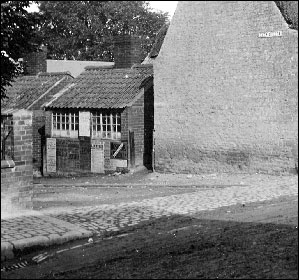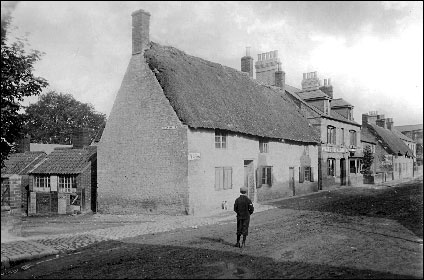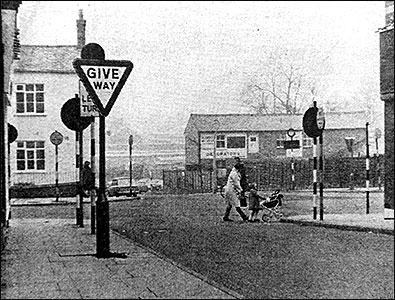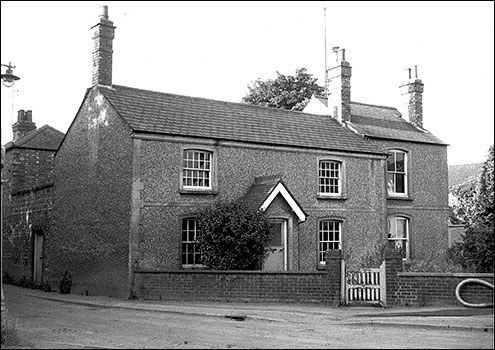The Rushden Echo, 17th January 1969, transcribed by Jim Hollis
Damp Brings Health Risk for Families
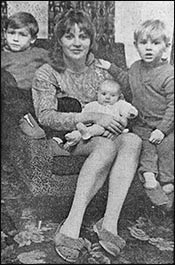 |
|
Mrs Perry & Michael 4, Joanne 6 weeks and John 3.
|
Last July’s floods in Rushden have left their mark – literally. Three houses in Duck Street are suffering damp which the residents claim is the result of the floods.
This week an “Echo” reporter visited the three houses and was told how wallpaper was dropping off the wallin one case, and how one resident, Mrs. Catherine Perry, of 89 Duck Street, has to wipe mildew off her living room wall every few days.
Mrs. Perry, who is 24, and her 27-year-old husband Brian, have almost completely redecorated the living room since the floodsin July. They have put new carpets, curtains and wall paper in the room, but now they say damp threatens even these.
She said: “The wallpaper is coming off and when the children (they have three youngsters) touch it, it just peels off.” Her youngest child is only six weeks old. “She has had a terrible cough ever since she came out of hospital,” said Mrs. Perry, “and the other children have had running noses.”
They spent £150 on new fittings after the floods, and Mrs. Perry added, the damp is not doing them any good.
Suffered
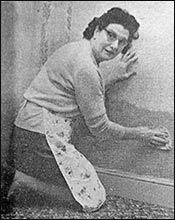 |
|
Mrs E Robins of 91 Duck Street, wipes damp off her front room wall.
|
|
Next door to Mrs. Perry live Mr. and Mrs. Hedley Robins, and Mrs. Robins’ father 89-year-old Mr. Albert Adams. Mrs. Robins said their house suffered badly in the floods with everything from their new car to their carpets being damaged.
Mrs. Robins said: “My father has lived here for 53 years and has never seen anything like this before. I have lived here all my life and I have never seen it like this.”
When asked whether the damp affected anyone’s health in the home, Mrs. Robins said that ever since the floods her father had had bronchitis.
Marks of damp are all over the ground floor of the house, slowly creeping up the walls. She said that they had spent over £200 on new fittings, and in the living room which had new wallpaper, the damp is just seeping through.
Mrs. Robins said: “The council are not interested. My husband has been to see them and has written to them.”
Nursery
At number 93 where Mrs. Anita Holyoak runs a nursery for young children, she said the skirting boards had to be removed because of the damp.
Wallpaper was taken off because, said Mrs Holyoak: “You no sooner touch the wall and the paper comes off.”
However her husband, Raymond, has taken advantage of the damage caused by the floods to clear out and redecorate some of the rooms. While doing so he has installed a damp course in the rooms.
Mr. H. W. Ellis, Rushden Urban Council Public Health Inspector, said that if residents had complaints about damp in their homes they should contact the council to put their case.
He added that he had given residents advice at the time of the floods as to how to deal with damp.
|
